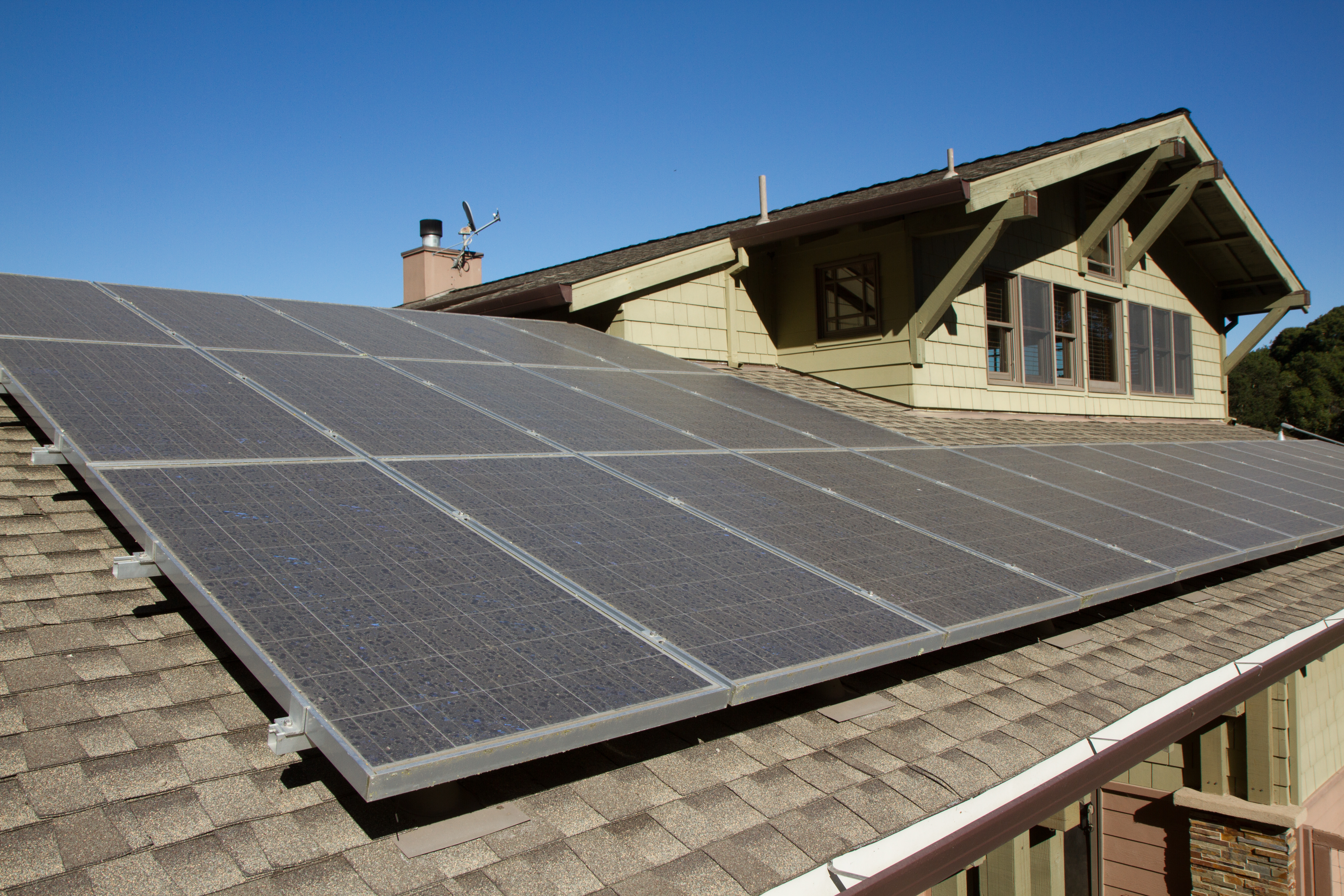Turning an older home into an energy-saving green dwelling is not as hard or costly as you may think. This insightful report by Budget and Invest offers handy tips on making a smooth eco-friendly transition, no matter how old your house is.
Green technology is nothing new, but many homeowners are kept in the dark about the value it brings in terms of cutting energy costs. Many more are reluctant to make the transition toward clean energy because of the upfront costs. Still, there's no denying that green technology can save homeowners a fortune in the long-term, starting with the tax credits they can earn by adding sustainable energy features to their home.
People have the impression that it's easier and cheaper to construct a home already outfitted with green features then to add these features to a pre-existing or newly purchased property. In actuality, making the switch to green technology on an existing property can be less costly as long as the right approaches are applied.
Here are a few things to keep in mind as you switch to clean energy.
- Know how much energy you consume
The first thing you will have to do is to get an idea of your current energy consumption. This will help you set the proper benchmarks or targets you should be aiming for to gradually decrease your energy spending. You may want to request that the Environmental Protection Agency provide you with a report of how much power you consume based on your home's location.
- Pick the right strategy
Once you have already mapped out your energy consumption rate and set a workable monthly goal, you now have to choose which green technology will best fit your current needs. There's always the option of installing a solar system, but there are various other choices you can explore, such as wind turbines and hydro-power facilities. The best way to look at your options is to ask an accredited green energy contractor to help you make the right decision.
- Find a good service provider in your area
When it comes to switching to green power, it's always best to look for a contractor that already has a proven track record in helping homes lower their energy costs through eco-friendly alternatives. For this, opt for service providers in your community who can hook you up with a green energy program you can work with. There are a lot of electricity providers that specialize in green technology at the best possible rates, so start looking for one.
- Get suggestions from your community
If you are living in a neighborhood that's committed to green living, make sure to ask for suggestions on the types of products you might want to use. You might also need to know if the community itself has specific policies when it comes to green technology, so don't be hesitant to ask around. That way, you can make the transition less complicated for yourself and, more importantly, avoid possible ordinance violations and legal risks.
- Adopt a green lifestyle
Often, transitioning to green technology is a matter of choice. Certain habits can influence the amount of energy you consume, so be sure to adopt only those that can help you attain a green lifestyle. Keeping your home well ventilated and using energy-efficient appliances and programmable thermostats can make as much of an impact as installing solar panels – at a lower cost, of course.
As you can see, switching to green technology for your home isn't so hard. You just have to have the right mindset.
This article was written by JW Steinert from Budget and Invest and was legally licensed through the NewsCred publisher network. Please direct all licensing questions to legal@newscred.com.





